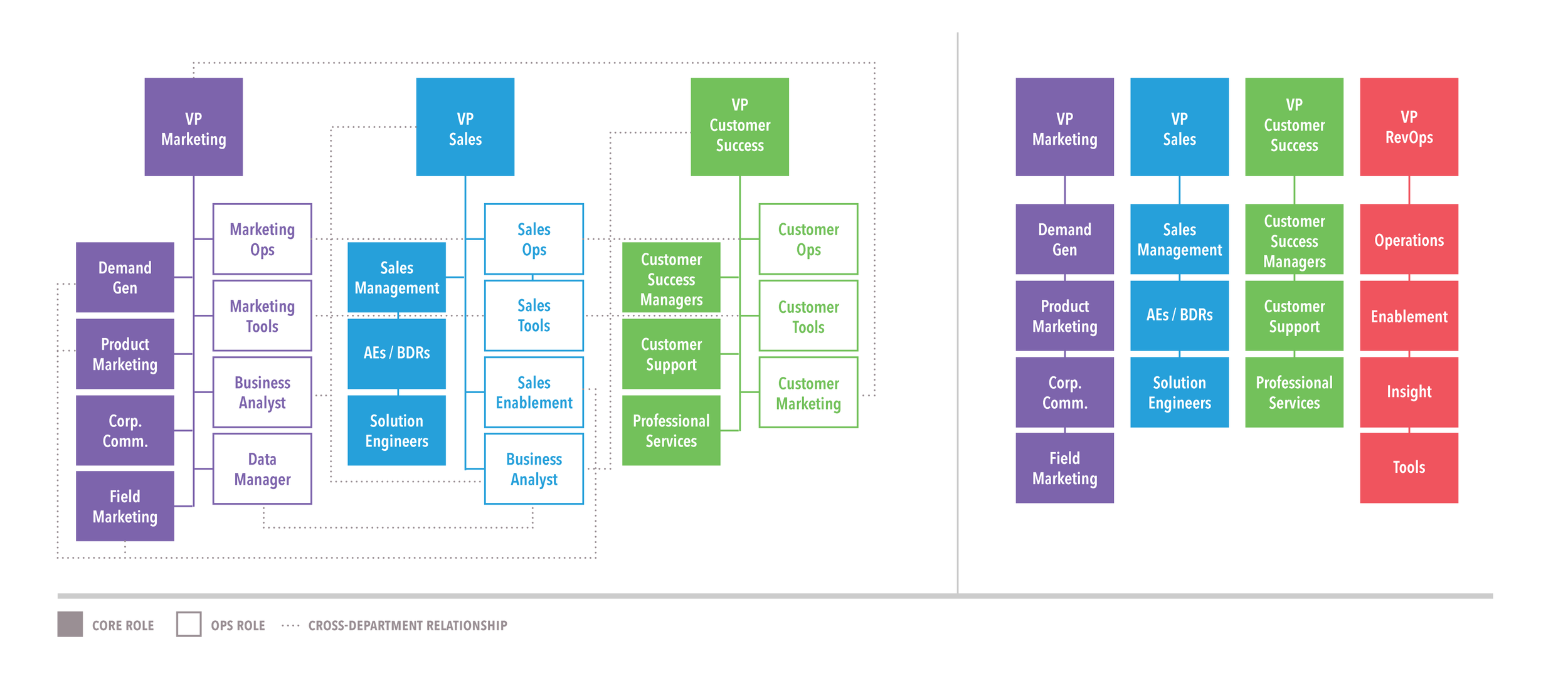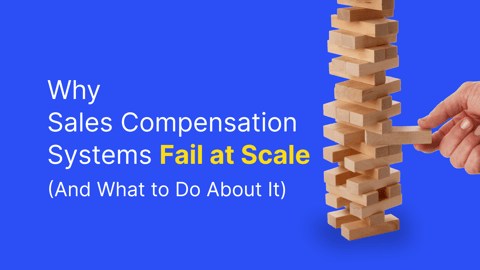In 2017 we published The RevOps Framework – defining Revenue Operations as a new department that manages full funnel operations across Marketing, Sales, and Customer Success.
Since then, there have been many successes (fastest growing job in SaaS!) and some confusion about how the team should be built what type of projects they should focus on, and where their value to the business comes from. And it’s going to be different for every company.
When it comes down to it, Revenue Operations has one job – to drive growth through operational efficiency in the full funnel.
That is where the Revenue Operations function shows value to the business.
If you’re interested in learning about how a Revenue Operations team should be built, or what types of projects they should focus on, check out our previous blog posts in the series:
- Building a Revenue Operations Team: Who to Hire, When to Hire, and How to Scale
- Prioritizing your RevOps projects
Where Revenue Operations is most successful
Where we’ve seen Revenue Operations be most successful is when it’s truly about aligning the full funnel. But what does that even mean? The full-funnel is huge. And spans across Marketing, Sales, and Customer Success. Achieving true alignment can feel impossible.
But just like anything else, it’s a process. It’s Revenue Operations job to identify operational roadblocks in internal processes and tools, prioritize them based on how they impact revenue potential for the business, and remove them.
The biggest areas of impact that Revenue Operations can make are in hand-offs that no one clearly owns.
There are some big handoffs through the funnel, like Marketing to Sales and Sales to Customer Success, that you can think of. But there are also hundreds of hidden processes and handoffs that – if not properly managed – will have revenue leaking from your funnel.
For example: when, why, and how do leads get from Marketing to SDRs, SDRs to AEs, AEs to pipeline?
How do they get sent back up the funnel, i.e. when a meeting is a no-show, or the lead isn’t buying for 6+ months?
How do they get back into the funnel after that, either by requesting a demo or going through an outbound campaign?
What about when they’re stuck in the hand-off for 3 months without being dispositioned – how do they get unstuck?
That’s just one stage of the funnel and it involves three separate teams, a dozen processes and SLAs, and a dozen tech systems that need to be integrated and managed to make an efficient business.
Having one team take ownership for managing cross-functional systems makes it faster and easier to execute without politics. It’s an operational problem, and Revenue Operations owns it.
You can run that same exercise for your AE to manager, AE to implementation team hand-off, CS to Marketing, CSM to renewal, etc.

Where Revenue Operations fails
A bad habit that many Revenue Operations teams fall into is getting focused solely on projects for the bottom of funnel. Why? Because the VP of Sales or CEO cares about it, and those voices tend to carry a lot of weight.
When this happens, the Revenue Operations team ends up getting caught in a routine of dealing with issues that affect the current month/quarter – like managing the forecast and board-level analytics – and they lose sight into other aspects of the business that could have a larger impact on improving revenue efficiency.
A bad forecast is a symptom of bad operations, not the cause.
Revenue Operations does own those bottom of funnel projects, but the primary focus of the team needs to remain on the operational efficiency of the full funnel.
Bringing value to your business with Revenue Operations
The types of projects your Revenue Operations team takes on can be very different to different companies, but the value should remain constant.
I’ll say it again: the value a Revenue Operations team brings is removing operational roadblocks in the full funnel so that your Marketing, Sales, and Customer Success teams can be more efficient.
And high performing Revenue Operations teams do a good job of identifying what those operational roadblocks are, prioritizing them based on impact on revenue, and removing the top roadblock.
Once that top roadblock is removed and the funnel is improved, there’s a new top roadblock that needs to be removed, and so on, and so on.
This is the job of Revenue Operations – and if they’re not focused on operational excellence, then who is?




